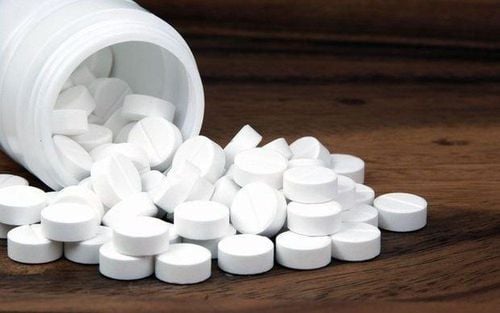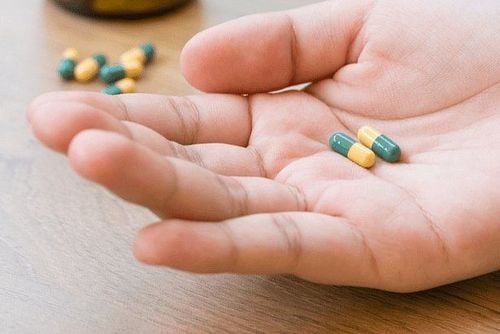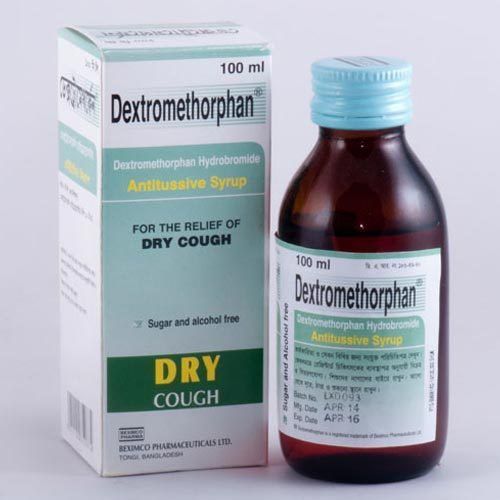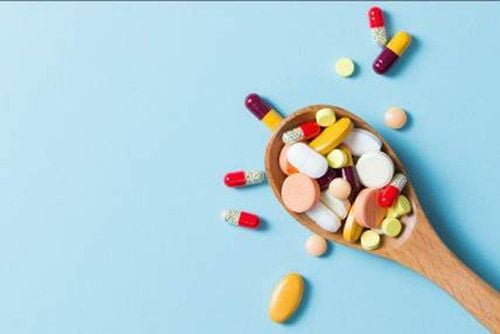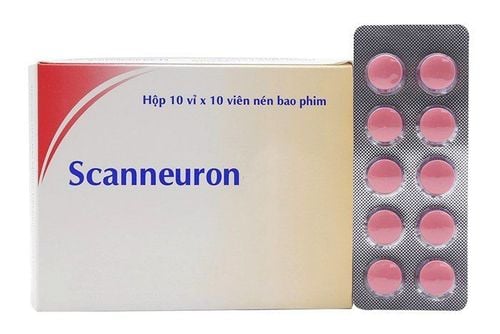This is an automatically translated article.
The article was professionally consulted with Master, Doctor Dang Huy Toan - Department of Pediatrics - Neonatology - Vinmec Nha Trang International General Hospital.Drug allergy is a very common complication during treatment, with diverse clinical manifestations, with lesions in the skin, mucous membranes and internal organs. All drugs can cause allergies, but antibiotics are the most common.
1. What are antibiotics?
Antibiotics (antibiotics) are antibacterial substances (antibacterial substances) produced by strains of microorganisms (bacteria, fungi, Actinomycetes), which have the effect of inhibiting the growth of other microorganisms.
Antibiotics are a special group of drugs because their use affects not only the patient but also the community. For developing countries like Vietnam, this is an important group of drugs because infectious diseases are among the leading diseases in terms of both morbidity and mortality.
2. What are the effects of antibiotics?
Antibiotics are powerful drugs against some infections and can save lives when used correctly. They either stop bacteria from reproducing or kill them.
Before bacteria can multiply and cause symptoms, the immune system can usually destroy them. White blood cells (WBCs) attack harmful bacteria, and even when symptoms do occur, the immune system can usually cope with and fight off the infection. However, sometimes, when the amount of harmful bacteria is too much and the immune system can't fight them all, antibiotics are very helpful in these cases.
3. What is an allergy to antibiotics?
Allergy to antibiotics is an excessive, abnormal, harmful reaction to a patient when using or being exposed to a drug (the combination of an allergen with an allergic antibody or a sensitizing cell) due to a previous hypersensitivity phase. cold. Allergic reactions to antibiotics are usually dose-independent, cross-sensitizing, with a number of characteristic clinical symptoms and syndromes, often with skin manifestations and pruritus. If the antibiotic that caused the allergic reaction is repeated again, the allergic reaction will become more severe and possibly fatal.
4. Signs and symptoms of antibiotic allergy
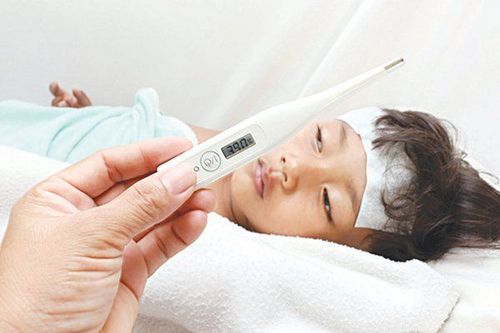
Sốt là triệu chứng của dị ứng thuốc kháng sinh
Signs and symptoms of an antibiotic allergy usually occur within an hour of taking the medicine, or it can even happen hours, days, or weeks later.
Signs and symptoms of an antibiotic allergy include:
Skin rash Urticaria Itching Fever Swelling Difficulty breathing Wheezing Runny nose Itching, watery eyes Anaphylaxis Anaphylaxis is a rare allergic reaction, life-threatening, causing widespread dysfunction throughout the body. Signs and symptoms of anaphylaxis include:
Constriction of airways and throat, causing difficulty breathing Nausea or abdominal cramps Vomiting or diarrhea Restlessness, panic Small rapid pulse difficult to catch Low blood pressure Loss of consciousness
5. Who is susceptible to antibiotic allergy?
Although anyone can have an allergic reaction to an antibiotic, there are a few factors that may increase the risk, including:History of allergies to other substances, such as allergies food or hay fever Allergic reaction to another drug Family history of drug allergies Increased exposure to the same antibiotic that causes the allergy, because of high doses, repeated use or prolonged use Certain illnesses are commonly associated with allergic drug reactions, such as HIV infection or the Epstein-Barr virus
6. What to do when allergic to antibiotics?
Call 911 right away when you or a loved one, after taking antibiotics, has symptoms of an allergy such as:Difficulty breathing or wheezing Constriction in the throat or feeling that the airways are closing Hoarseness or difficulty say Swelling of lips, tongue, or throat Nausea, stomach pain, or vomiting Fast heartbeat or pulse Worry or dizziness Loss of consciousness Rash and trouble breathing Other symptoms of a serious allergic reaction (anaphylaxis) Further steps include:
Discontinue use of the allergen or suspected allergen Immediate injection of auto-injector epinephrine. Inject epinephrine into the outer thigh muscle, injecting it through clothing if necessary. Place patient in supine position, head low, legs elevated. If you have nausea or vomiting, put the patient on their side, the patient should not sit up or stand up. The patient should not be left alone. If the patient's symptoms do not get better or get worse, give a second epinephrine injection 5 minutes after the first dose. Family members need to make sure they can get the patient to the hospital
7. How to treat antibiotic allergy at the hospital
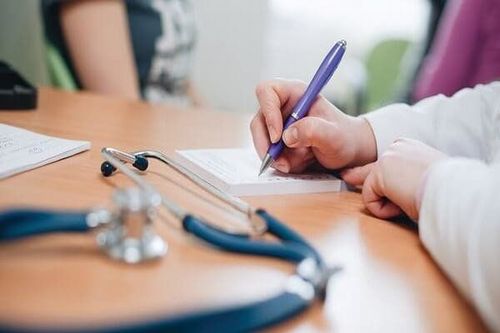
Bệnh nhân cần đến các cơ sở y tế gần nhất nếu có dấu hiệu của dị ứng thuốc kháng sinh
A matter of principle to note is that it is absolutely recommended not to let patients come into contact with therapeutic and preventive drugs that have caused their own allergies and limit the use of drugs. other.
Regarding treatment, it is possible to use 2nd generation anti-histamine antihistamines such as cetirizine, fexofenadin, astemisol, loratadine...; In more severe cases of drug allergy, it can be combined with corticosteroids such as prednisolone, methylprednisolone infusion; at the same time also in combination with drugs to treat symptoms.
In some cases rehydration and electrolytes should be required, including diuretics. If there is a phenomenon of superinfection, antibiotic can be used, appropriate antibiotic should be selected and used reasonably and safely. To prevent possible anaphylaxis, it is necessary to promptly handle cases of skin redness, Stevens-Johnson syndrome, Lyell syndrome; The treatment of interventions is carried out in the same way as in severe cases due to drug allergies, with attention paid to nursing, support and help.
8. How to prevent antibiotic allergy
If you are allergic to an antibiotic, the best prevention is to avoid it. Steps you can take to protect yourself include:Notify healthcare workers. Make sure your antibiotic allergy is clearly documented in your medical record. Notify other medical personnel, such as your dentist or any other medical professional, when you come for medical examination and treatment. Wear bracelet. Wear a warning bracelet to help healthcare workers identify your antibiotic allergy. This information can be very helpful in the event of an emergency treatment. Bring epinephrine with you. If your allergies have caused anaphylaxis or other serious reactions, your doctor will likely tell you about a self-injection syringe and device (auto-injector epinephrine pump). Your doctor or other healthcare worker will instruct you on how to use the autoinjector device (such as Adrenaclick, AUVI-Q, EpiPen, or others).
Please dial HOTLINE for more information or register for an appointment HERE. Download MyVinmec app to make appointments faster and to manage your bookings easily.
Article references source: Who.org; ncbi.nlm.nih.gov; Mayoclinic.org



